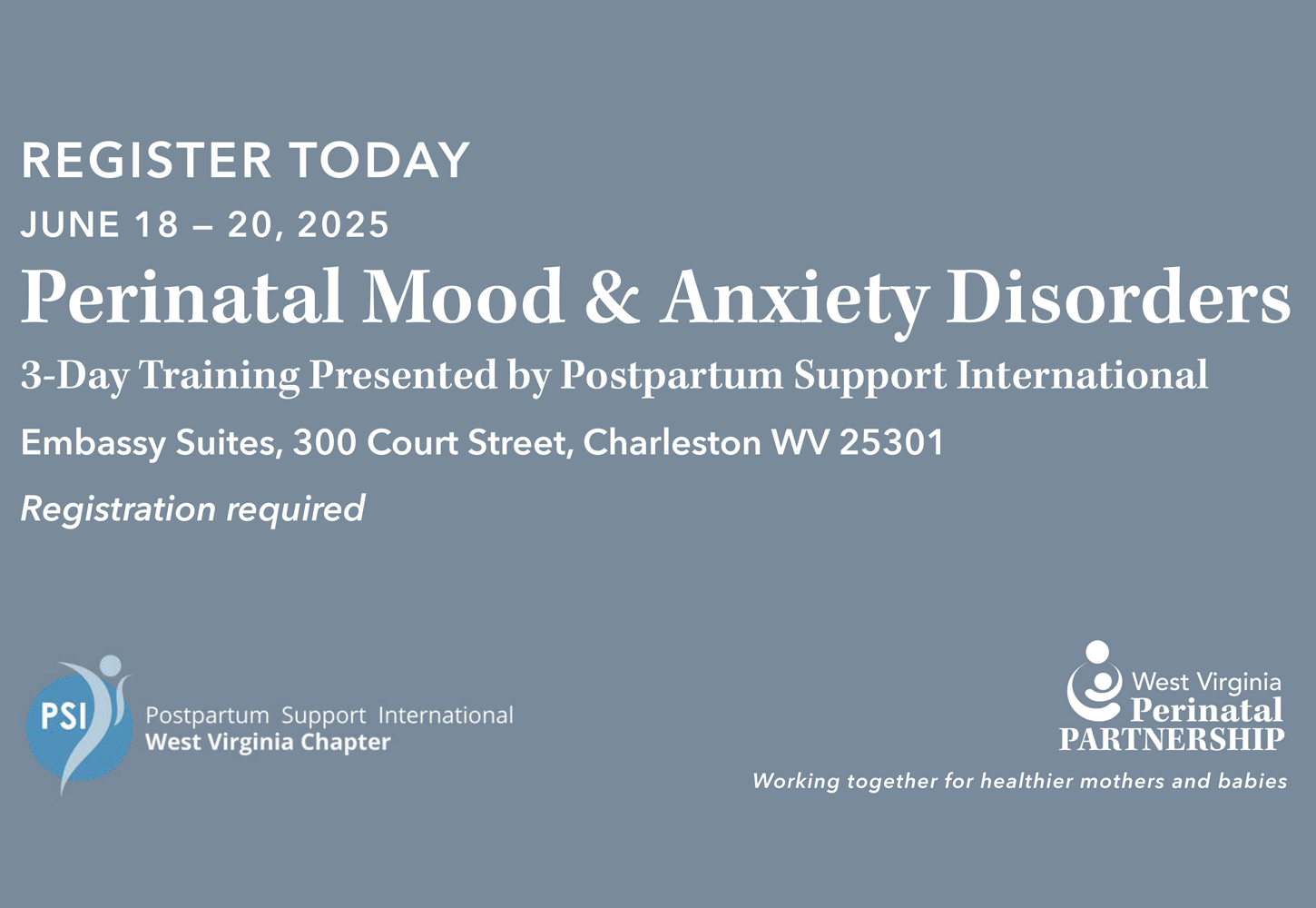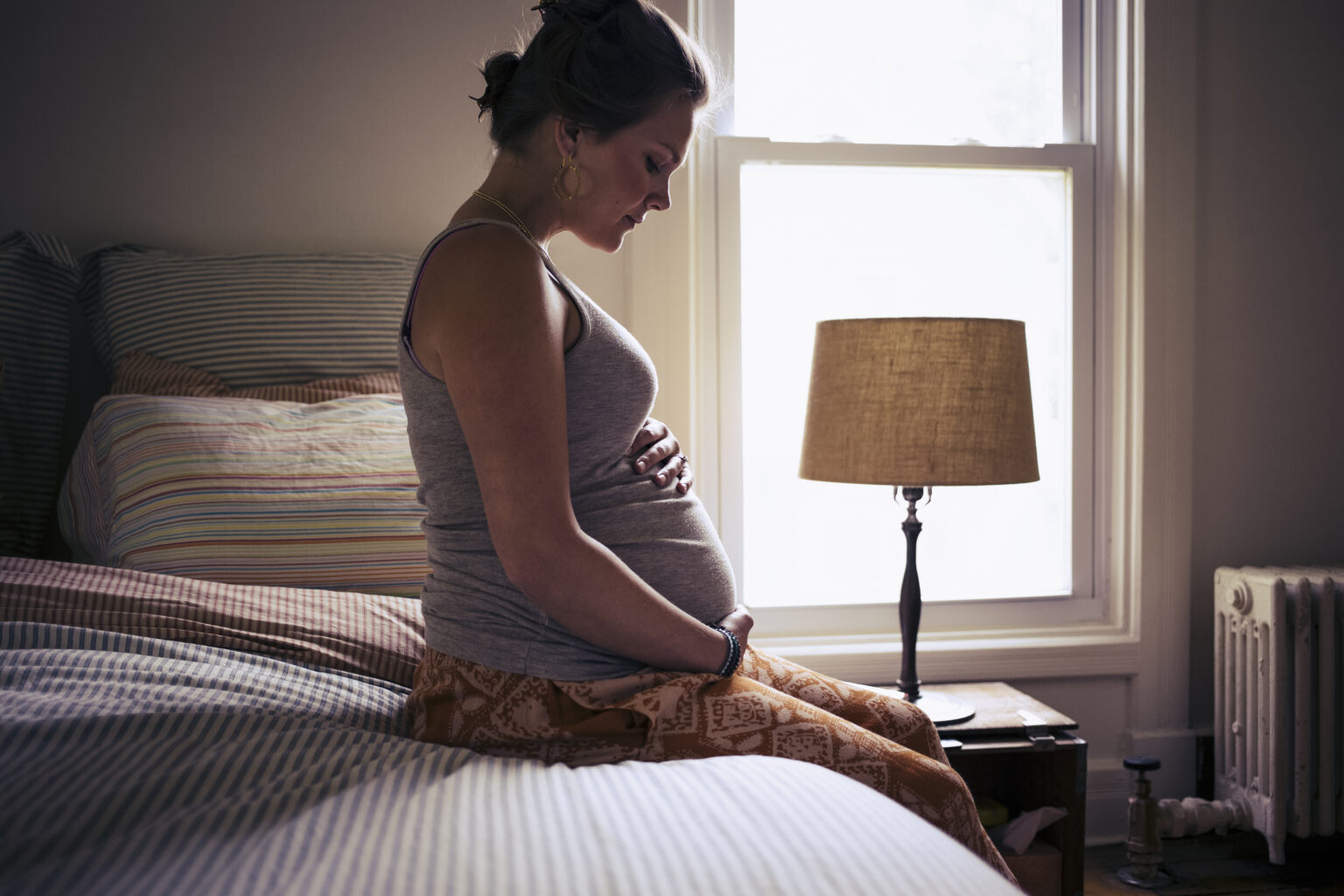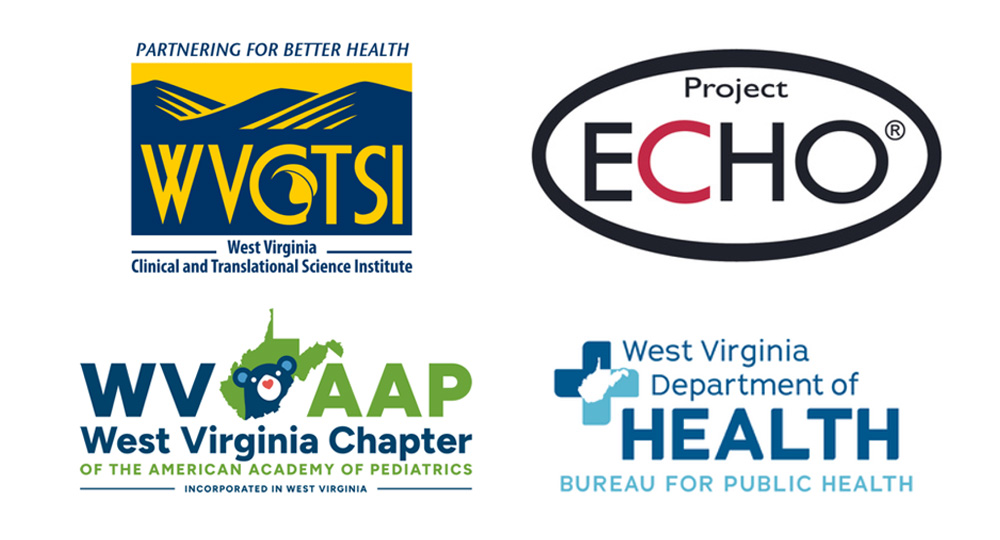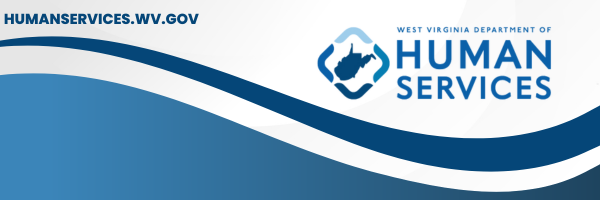By Amelia Ferrell Knisely Staff writer | Nov 13, 2019 | Read Original Story at The Gazette Mail
West Virginia holds the nation’s largest share of children who will face devastating, lifelong consequences linked to the opioid crisis, new data shows.
The report, released Wednesday by a New York nonprofit, said 54 out of every 1,000 children in West Virginia were affected by opioid use in 2017.
The state’s figure is at least twice the rate of 17 other states, including those with much larger populations.
The children, most under the age of 12, are more likely to develop an alcohol or drug disorder, more likely to need special education and are 70 times more likely to be obese.
The opioid crisis will likely cost the state $4 billion in services for children affected by the epidemic, the study said.
Money will go toward hospitalization, depression counseling and the criminal justice system — all outcomes associated with children who have a parent with opioid use disorder.
United Hospital Fund, a nonprofit health system, and the Boston Consulting Group are behind the report, which paints an alarming picture of the devastating effects of the opioid crisis on children nationwide. The group studied Americans under age 18.
Researchers said that although the opioid crisis is the deadliest drug epidemic in the country’s history, its long-lasting effects on children have received little attention.
Their research found 2.8 percent of the 74 million children in 2017 were directly affected by parental opioid use or their own use.
“If current trends continue, the number of children affected nationwide by opioid use will rise to an estimated 4.3 million by 2030, and the cumulative lifetime cost will reach $400 billion in additional spending on health care, special education, child welfare and criminal justice,” a release about the report said.
For comparison, the data showed that 1.8 million children have been diagnosed with autism.
The data also shows that:
240,000 children in 2017 had a parent die from an opioid overdose;
1.4 million children have a parent living with opioid use disorder;
170,000 children have an opioid use disorder themselves or have accidentally ingested opioids.
Researchers also looked at the effect of opioid use on states’ foster care systems. The number of children in West Virginia’s foster care system — around 7,000 — has grown in correlation with the opioid epidemic. The state has the highest number per-capita of children in state custody.
A class-action federal lawsuit filed in October claims West Virginia has failed to protect children in its care, alleging rampant issues with overburdened case workers, out-of-state children’s facilities and failure to prepare foster children for adulthood.
The study noted that, despite signs the opioid epidemic had hit an inflection point, the crisis is far from over.
Research from the Centers for Disease Control and Prevention released earlier this year showed the national fatal overdose rate had dropped by 5 percent in 2018, the first dip since 1990. The CDC attributed the dip largely to decreases in heroin and prescription opioid overdoses.
UHF included solutions in its report, including creating protocols for emergency responders to connect with children on scene and reducing the stigma of opioid use among people interacting with pregnant women and parents.
“This report shines a light on a population affected by opioids that is often hidden from view,”Suzanne Brundage, director of UHF’s Children’s Health Initiative and study co-author, said. “But these estimates should not cause despair. Instead, they highlight the urgent need to take action now to help these children and their families.”
California has the largest number of children affected by the opioid epidemic, and the state is projected to face a cost of $36 billion for services and care for those children. However, the state’s rate of children affected — 20 per 1,000 children — is still lower than West Virginia’s rate.







